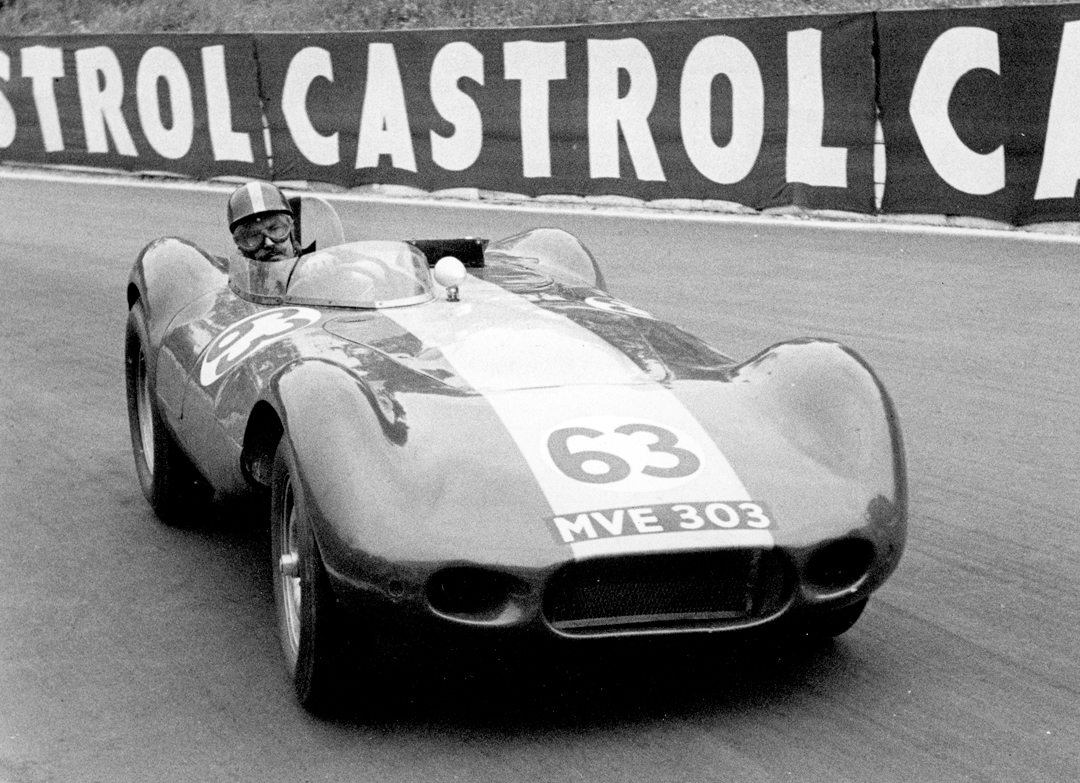The inspiration behind the concepts and designs of Lister cars came from the pre-war Mercedes racing cars that would today be regarded as Formula One cars. They were simplistic but reliable in construction, with independent front suspension, de Dion rear suspension, and tubular chassis. Many builders experimented with multi-tubes, but I think it was very experimental and they were not sure of where they were going. The multi-tube construction relied upon every tube being “loaded,” whereas the Lister single-tube construction was a successful and proven method that worked very well. One could understand what was happening with the thing, and it was cheap to make.
In those days I believed simplicity was the art of good construction, although today’s computer-aided design would challenge that belief. Design of all cars, both road and racing—since the start of the 1960s, and more so toward the end of the 20th century—has lacked personality due to the use of computers. Once, the designer’s personality would show in the structure and shape of his cars. It would illustrate an individual’s belief of the best solution to penetrate the air—an aspect completely lost today, as design is no longer an activity controlled exclusively by the human brain.
No Subscription? You’re missing out
Get immediate ad-free access to all our premium content.
Get Started



